You may need to take certain actions if you intend to develop or change the use of land that is - or may be - contaminated.
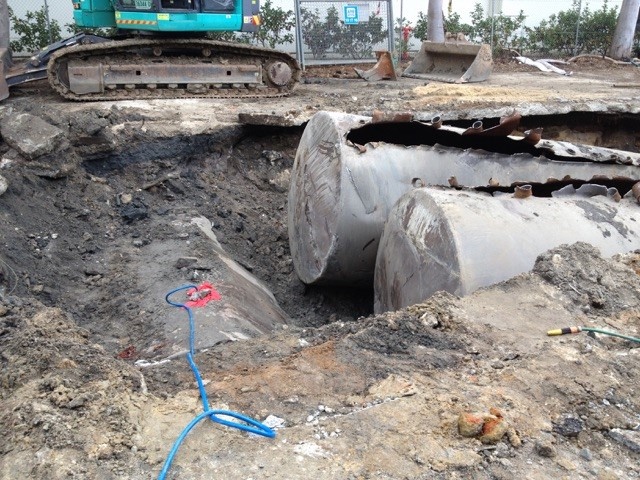
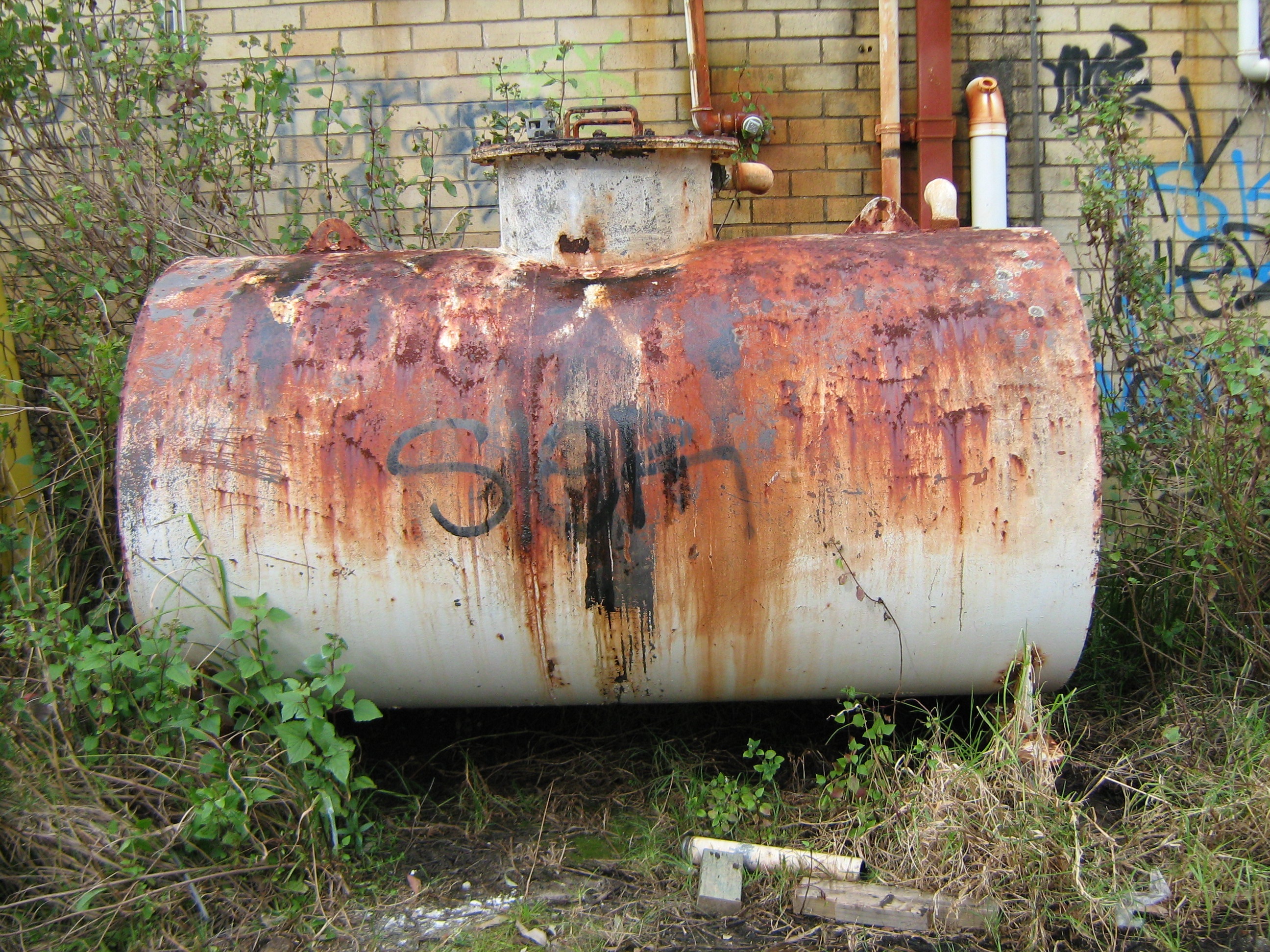
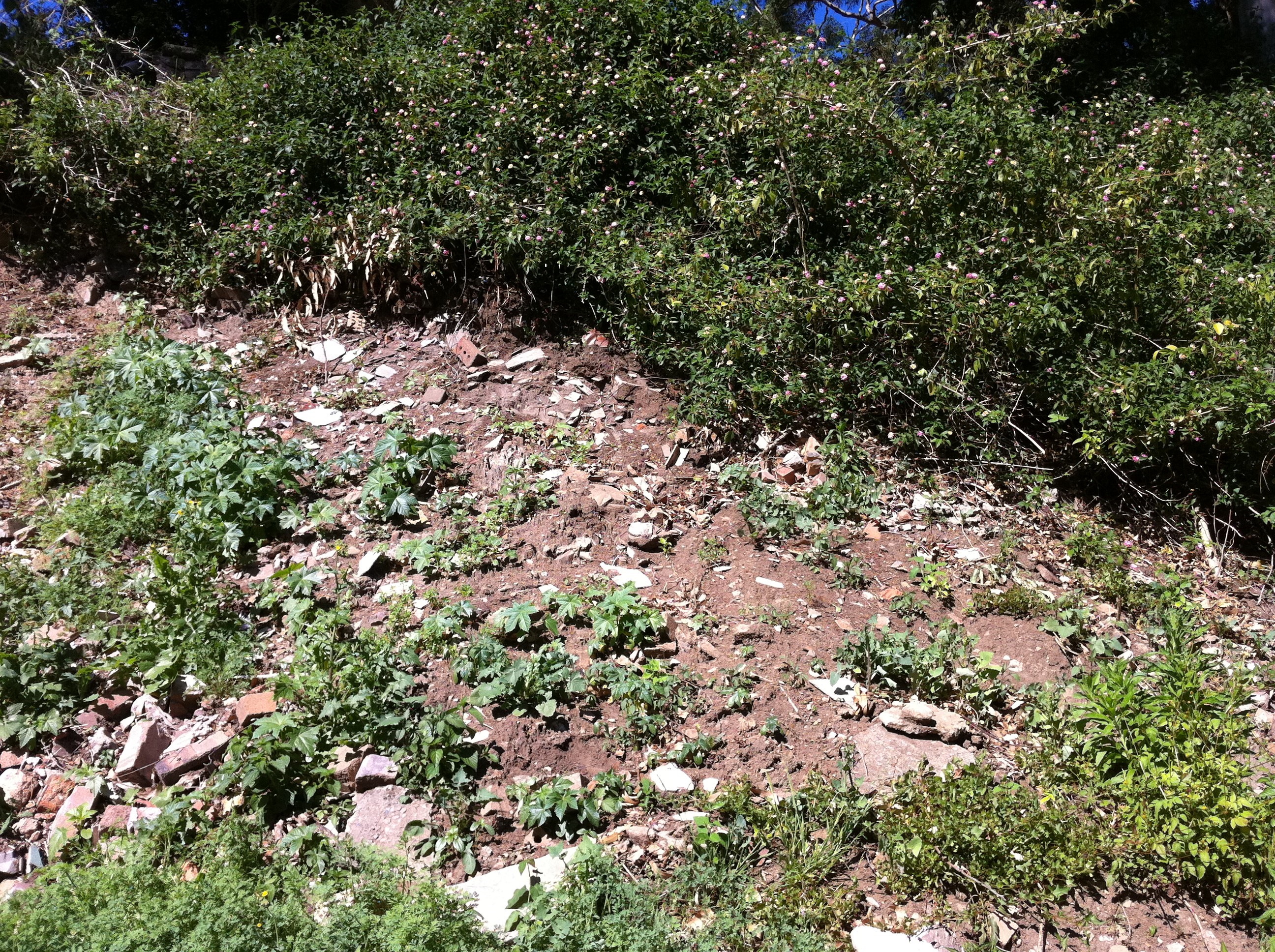
As part of your development proposal, Council may require you to investigate, remediate and validate contaminated soil and/or groundwater.
You should engage an appropriately qualified environmental consultant.
Your consultant will need to determine what investigations are required. These may include undertaking, preparing or approving the following:
- Preliminary site investigation
- Detailed site investigation
- Remediation Action Plan
- Validation Report
- Environmental Management Plan
Your environmental consultant must be certified by one of the following certification schemes.
- EIANZ ‘Certified Environmental Practitioner - Site Contamination’ scheme (CEnvP SC).
- Soil Science Australia ‘Certified Professional Soil Scientist - Contaminated Site Assessment & Management’ scheme (SSA CPSS CSAM).
The NSW Environmental Protection Agency also provides useful advice.
Steps required
Each of the following steps requires a report by the environmental consultant. Every report must follow EPA guidelines.
In this report, the environmental consultant should:
- identify all past and present potentially contaminating activities on the site
- identify potential contamination types
- discuss the condition of the site, such as any cracking, staining, dead vegetation or areas where vegetation won’t grow
- provide a preliminary assessment of site contamination
- assess if further investigations are required.
If the preliminary site investigation determines a need for further study, a detailed site investigation will be required (Step 2).
This report should provide a comprehensive assessment of:
- issues raised in the preliminary investigation
- the type, extent and level of contamination
- the contaminant dispersal in air, surface water, groundwater, soil and dust
- the potential effects of contaminants on public health, the environment and building structures
- any off-site impacts on soil, sediment and the local animal and plant life
- whether the land is currently suitable for its intended use or if remediation is required.
If the results of this investigation indicate the need for remediation, a Remedial Action Plan (RAP) is required (Step 3).
A RAP must be prepared and submitted with a development application or under an order.
The RAP should:
- set goals to ensure the remediated site will be suitable for the proposed use and will not pose an unacceptable risk to human health or the environment
- document in detail all procedures and plans to be implemented
- establish the environmental safeguards required to complete the remediation
- identify and include proof of the approvals and licences required by all regulatory authorities.
Once the remedial work is completed, a Validation and site monitoring report should be prepared, which details the work conducted and the regulatory decisions that have been made (Step 4).
This report must confirm the objectives in the RAP have been achieved. It must be submitted to Council.
The validation report must:
- confirm statistically that the site complies with the clean-up criteria that were set in the RAP
- assess the results of the post-remediation testing against the criteria in the RAP. Where targets have not been achieved, reasons must be provided and additional work proposed
- provide documentary evidence of the correct disposal of soil, the use of Underground Petroleum Storage Systems, or other materials removed from the site.
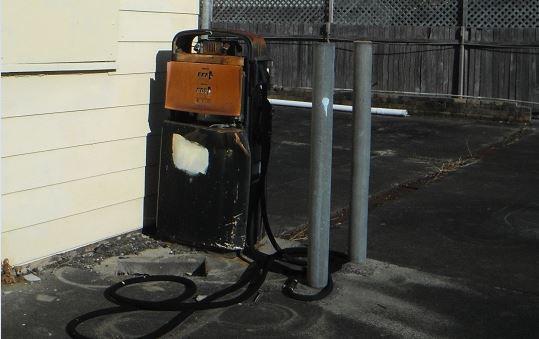
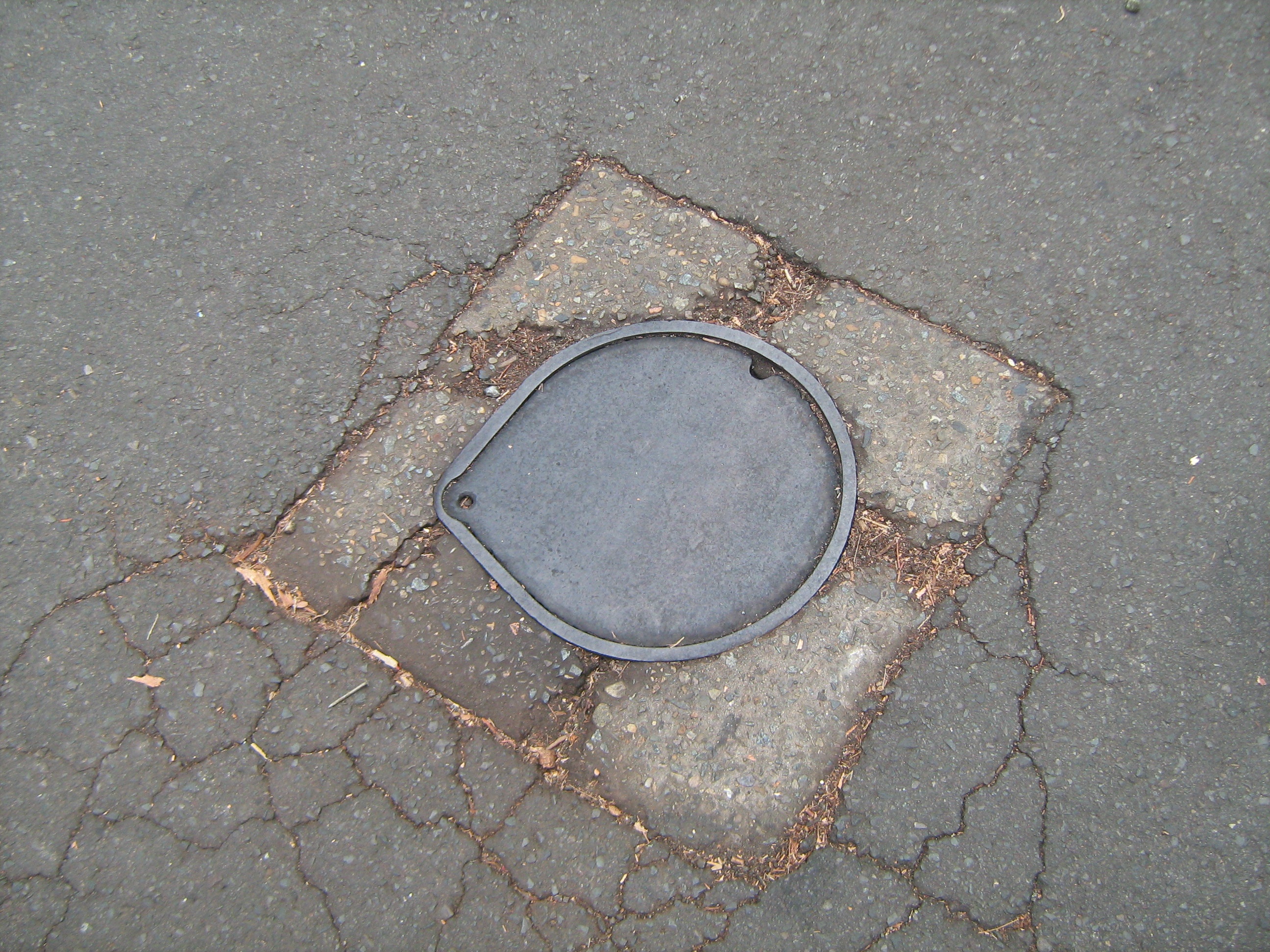
Additional reports and requirements
Where a full clean-up is not feasible or on-site contamination containment has been approved, an ongoing monitoring program should be discussed with Council.
If a monitoring program is required, it should detail proposed strategy, parameters, locations, frequency and reporting requirements.
Council may require you to appoint a site auditor at your cost if:
- land use changes (e.g., rezoning)
- we consider the information provided incorrect or incomplete
- we want to verify the information complies with our standards, procedures and guidelines
- we don’t have the internal resources to conduct our own review.
Contaminated Lands Information Register
Council maintains a Contaminated Lands Information Register to assist in the identification of contaminated or potentially contaminated land, partially remediated or remediated land.
Corresponding notations for properties council are aware of are also placed on the s.10.7 Planning Certificates. For more information refer to SSDCP2015, Chapter 40.